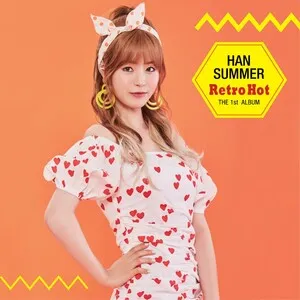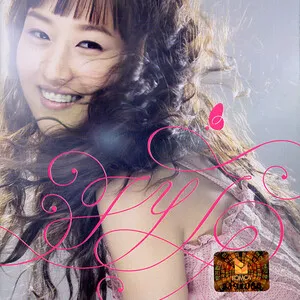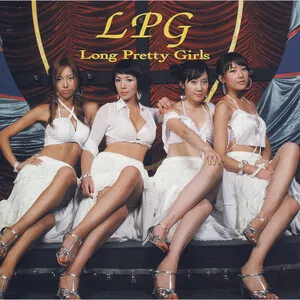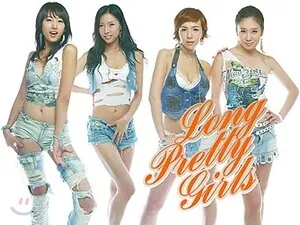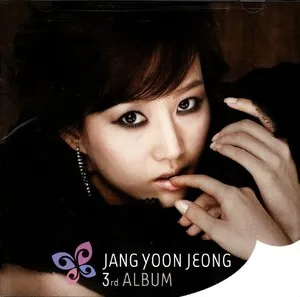Semi-trot is a pop-leaning branch of Korean trot that streamlines the traditional ppongjjak (oom-pah) feel into a smoother, contemporary backbeat. It keeps trot’s melodic sentiment and narrative lyrics but adopts lighter vibrato, simpler ornaments, and catchy, verse–chorus hooks.
Arrangements favor drum kit, electric bass, rhythm guitar, brass/sax stabs, synthesizers, and disco- or pop-style string pads. Tempos are typically mid-to-upbeat, and the overall sound is danceable yet nostalgic, bridging classic trot emotion with modern popular songcraft.
Semi-trot emerged in South Korea during the 1970s as a modernization of classic trot. While traditional trot drew heavily on early 20th‑century popular song and Japanese enka, semi-trot absorbed contemporary pop and disco rhythms, smoothing the characteristic ppongjjak into a 4/4 backbeat and favoring cleaner vocal delivery.
As Western pop, Latin-inflected grooves, and disco gained local traction, producers and singers incorporated drum kits, electric rhythm sections, brass hits, and synthesizers into trot arrangements. The result kept trot’s sentimental storytelling but presented it with brighter hooks, lighter vibrato, and more straightforward phrasing suitable for radio and dance floors.
Variety shows and live band circuits helped standardize a semi-trot format—verse, pre-chorus, and big sing‑along choruses—often with key changes near the finale. Singers with pop sensibilities revitalized the style, blurring lines between ballad, pop, and trot while retaining its narrative heart.
Talent programs (e.g., trot audition shows) and a wider “newtro” wave brought semi-trot aesthetics to younger audiences. Contemporary stars blend pop production, EDM-lite elements, and catchy catchphrases with classic trot themes, positioning semi-trot as the most accessible, dance-friendly gateway into the trot tradition.

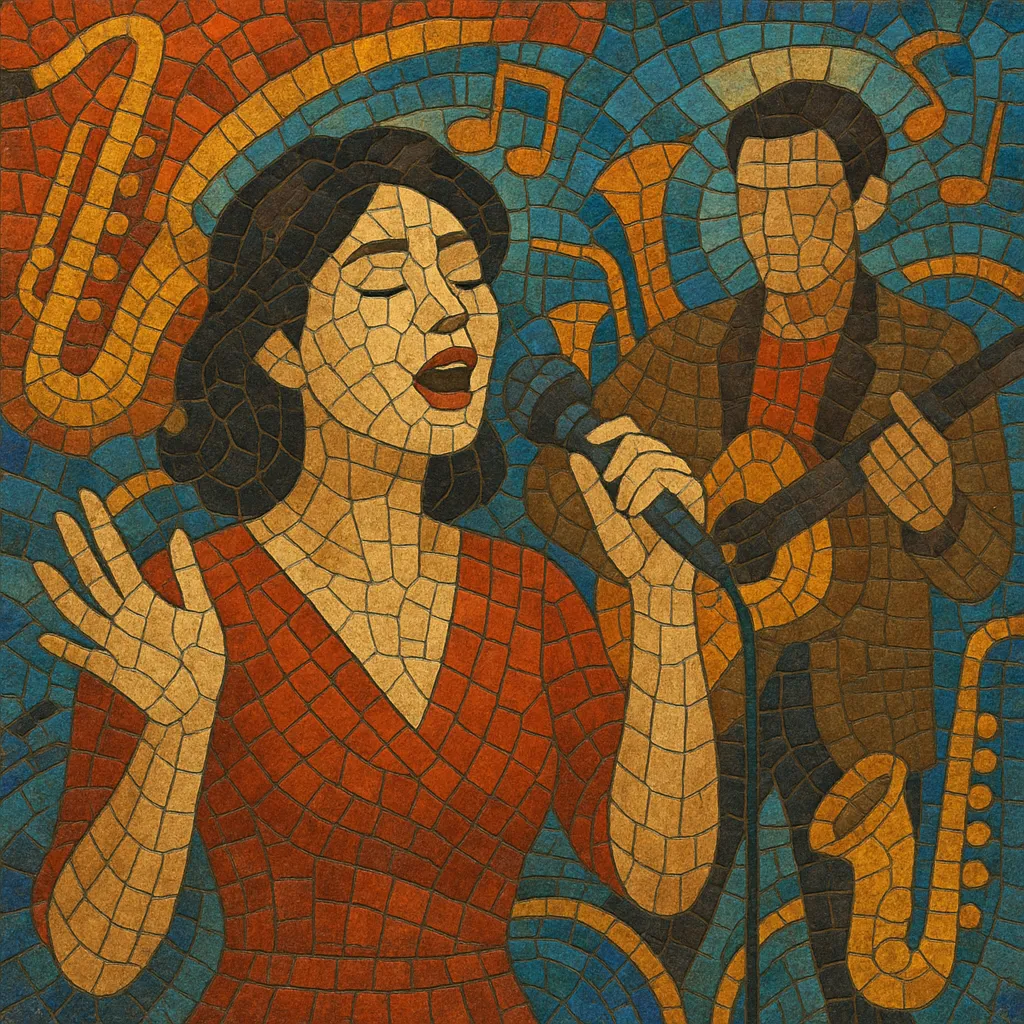
%2C%20Cover%20art.webp)
